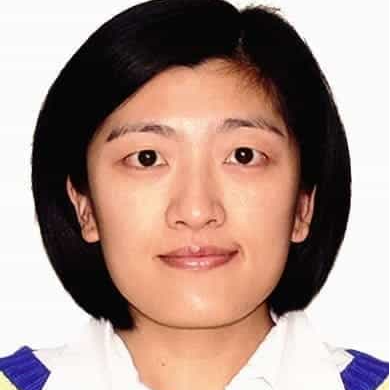Application of Remote Sensing and GIS Technology in Agriculture
A special issue of Agronomy (ISSN 2073-4395). This special issue belongs to the section "Precision and Digital Agriculture".
Deadline for manuscript submissions: closed (31 December 2023) | Viewed by 17585
Special Issue Editors
Interests: recision agriculture; mechanism of nutrients monitoring by remote sensing; extraction of crop planting area by remote sensing
Interests: hyperspectral remote sensing; multispectral remote sensing; precision agriculture; data processing; data assimilation; pests and diseases; habitat monitoring; risk forecasting
Special Issues, Collections and Topics in MDPI journals
Special Issue Information
Dear Colleagues,
The introduction of remote sensing (RS) and geographic information system (GIS) technology into the agricultural field can effectively manage a wide variety of agricultural resource information with spatial attributes. Additionally, these methods can conduct rapid and repeated analysis and testing of agricultural management and practice modalities.
The appearance of various types of sensors has provided multi-dimensional data for the rapid acquisition of farmland information. Time-series data analysis plays an important role in farmland management. UAV remote sensing data provide a flexible scheme for continuous dynamic and high spatial resolution monitoring in small areas.
This Special Issue is aimed at the portion of the global research community involved in the development of new algorithms and applications of data analysis, health monitoring, and data acquisition for precision agriculture. Specific topics include, but are not limited to, the following areas of discussion:
- nutrient monitoring;
- crop disease monitoring;
- yield prediction;
- time-series analysis for agriculture monitoring;
- crop monitoring based on multi-sources data;
- mechanism analysis of remote sensing
Dr. Dan Li
Dr. Yingying Dong
Dr. Qiong Zheng
Guest Editors
Manuscript Submission Information
Manuscripts should be submitted online at www.mdpi.com by registering and logging in to this website. Once you are registered, click here to go to the submission form. Manuscripts can be submitted until the deadline. All submissions that pass pre-check are peer-reviewed. Accepted papers will be published continuously in the journal (as soon as accepted) and will be listed together on the special issue website. Research articles, review articles as well as short communications are invited. For planned papers, a title and short abstract (about 100 words) can be sent to the Editorial Office for announcement on this website.
Submitted manuscripts should not have been published previously, nor be under consideration for publication elsewhere (except conference proceedings papers). All manuscripts are thoroughly refereed through a single-blind peer-review process. A guide for authors and other relevant information for submission of manuscripts is available on the Instructions for Authors page. Agronomy is an international peer-reviewed open access monthly journal published by MDPI.
Please visit the Instructions for Authors page before submitting a manuscript. The Article Processing Charge (APC) for publication in this open access journal is 2600 CHF (Swiss Francs). Submitted papers should be well formatted and use good English. Authors may use MDPI's English editing service prior to publication or during author revisions.
Keywords
- application of remote sensing
- crop disease
- time-series
- multi-sources data
- precision agriculture







